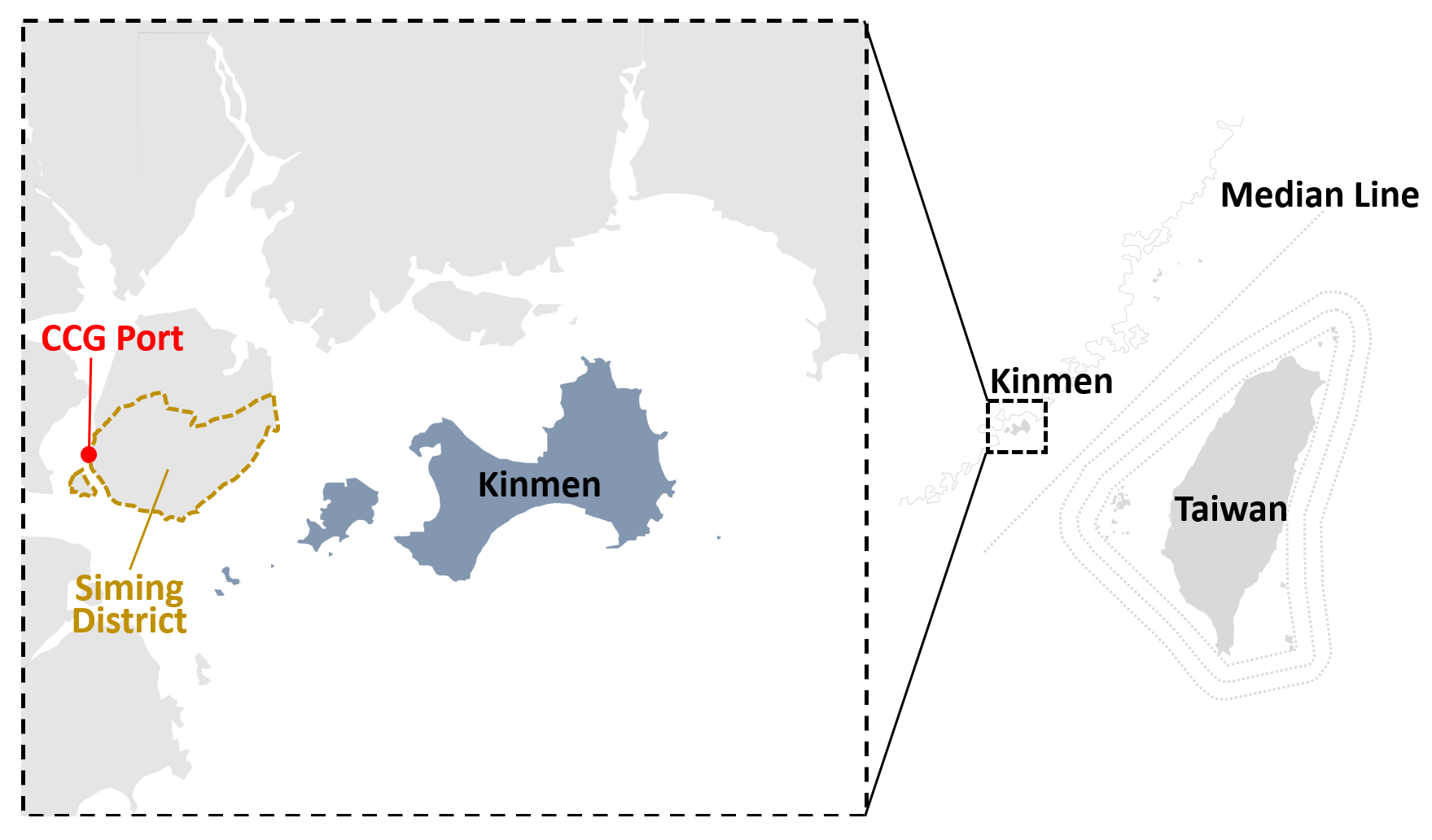The resolution from the Chinese Communist Party 20th Central Committee’s third plenary session in July 2024 indicated that top leader Xi Jinping is reviving Mao Zedong’s wartime preparations, such as organizing large-scale militia divisions, stockpiling grain, and “Third Front” construction. It is crucial to emphasize that Xi’s various policies “preparing for war” do not necessarily mean China will imminently launch a war against Taiwan. However, it is undeniable that Xi’s mindset revolves around ensuring that the People’s Liberation Army (PLA) is always ready for combat, capable of being “summoned at any time, ready to fight, and guaranteed to win.”
This intensification of war preparations appears to be underway around Taiwan’s outlying islands, taking the form of establishing local People’s Armed Forces Departments within state-owned enterprises (SOEs).
Since 2019, People’s Armed Forces Departments have been established within SOEs across China, and have gradually expanded to central enterprises, private companies, and universities. Simultaneously, Defense Mobilization Offices have been set up at the provincial, municipal, and grassroots levels, tasked with fulfilling the primary responsibility of national defense mobilization. The mobilization offices have been restructured, shifting from the provincial military district system to being under the jurisdiction of local governments at the same level, further solidifying the administrative nature of national defense mobilization.
China’s extensive establishment of People’s Armed Forces Departments and Defense Mobilization Offices is not merely an organizational restructuring. More importantly, it has been accompanied by the promotion of revisions to the “mobilization legal system,” providing the legal basis required to support national defense mobilization.
Recently, China has intensified the establishment of defense mobilization organizations around Kinmen, a frontline location that has witnessed multiple military confrontations in the past between the two sides. In February 2024, a Chinese fishing boat capsized near Kinmen amid a confrontation with the Taiwanese Coast Guard, which resulted in the deaths of two Chinese nationals. Since then, China has escalated its harassment of Kinmen, including the frequent intrusion of public service vessels, such as coast guard ships, into the waters surrounding Kinmen. The main docks for these Fujian Coast Guard vessels are located in Siming district of Xiamen in Fujian province.

Map by RCDA.
In June of this year, a ceremony to present plaques to the People’s Armed Forces Departments of several Xiamen-based local state-owned enterprises – China Pacific Insurance Co., Ltd. Xiamen Branch, Xiamen Siming Holding Group Co., Ltd., and Xiamen Siming Urban Construction Group Co., Ltd. – as well as the appointment of full-time armed forces personnel, was held at the People’s Armed Forces Department in Siming district.
In addition to serving as a mobilization system, the People’s Armed Forces Departments established at the frontlines of maritime disputes may also have the function of organizing maritime militias. In 2014, China established four People’s Armed Forces Departments in Sansha City of the South China Sea, responsible for training militias, combat readiness, and joint military-coast guard-civilian defense. Recent clashes between China and the Philippines at Second Thomas Shoal and Sabina Shoal demonstrate the indispensable role that maritime militias play in these conflicts.
As China increases its activities in the waters surrounding Kinmen, Siming district in Xiamen may be required to specifically strengthen the construction of defense reserve forces and implement the organizational foundation for war mobilization, in order to enhance support for coast guard operations and other military actions. While the specific effectiveness of establishing People’s Armed Forces Departments within Xiamen’s state-owned enterprises remains to be seen, China is indeed strengthening its defense mobilization structure through local state-owned enterprises near the frontlines of military confrontation with Taiwan on Kinmen Island.
Recent actions by China, such as the widespread establishment of People’s Armed Forces Departments within SOEs, private companies, and universities, as well as the stockpiling of supplies, indicate that it is further preparing for potential warfare. This is despite repeated assertions by the spokesperson for China’s Ministry of National Defense that these efforts are not aimed at preparing for war.
The Economist reported in July that the U.S. Department of Agriculture predicts that China’s wheat and corn stocks will account for 51 percent and 67 percent of the global total, respectively, marking a 5-10 percent increase compared to 2018. In terms of energy, since 2020, China’s crude oil storage capacity has increased from 1.7 billion barrels to 2 billion barrels, and this year it is expected to raise its crude oil reserves to 1.3 billion barrels, equivalent to 115 days of import demand. This aligns with the trend of Xi Jinping’s frequent emphasis in recent years on building a great power reserve system, which is part of the broader “preparing for war” policy.
All these signs seem to suggest that China is deliberately further intensifying war preparations around Taiwan. While this does not necessarily indicate that the PLA is about to launch an invasion of Taiwan, the level of war preparations appears to be increasing.

































